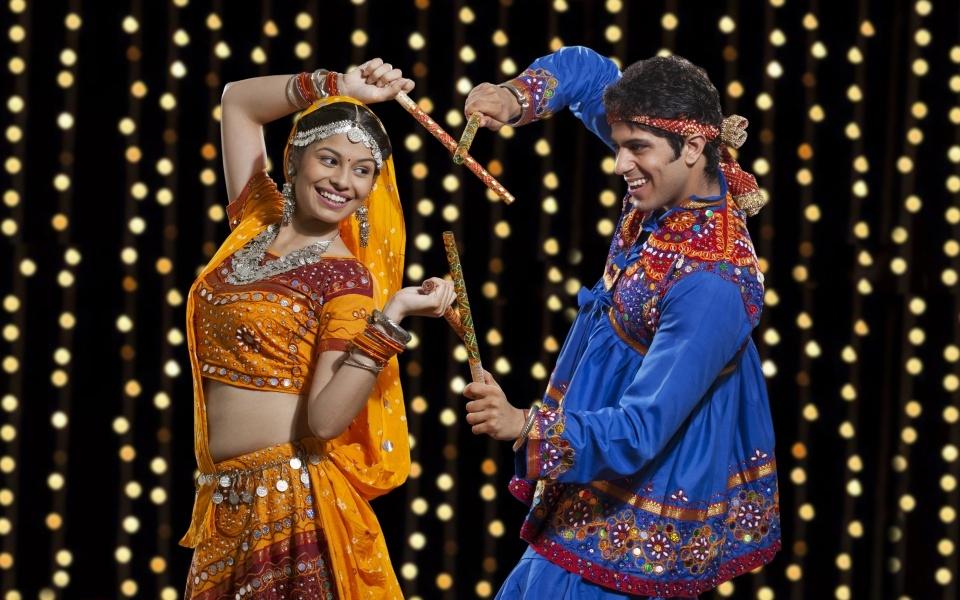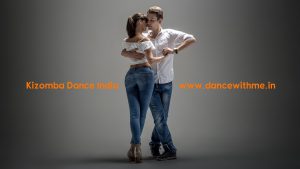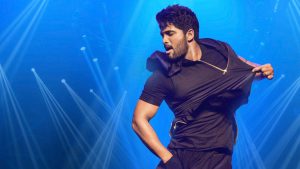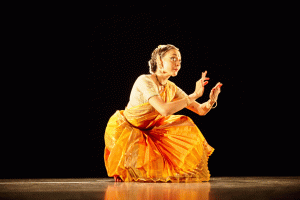What hits your head when you hear the word Dandiya? Navaratri, right? The homage to nine incarnations of Mata Ambe is incomplete without Dandiya Raas.
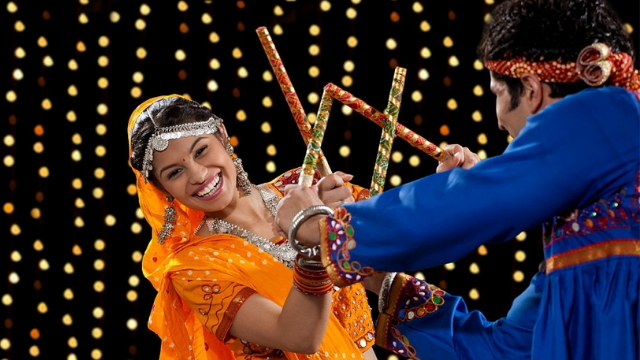
Dandiya is a folk-dance form that all men and women perform during Navaratri. While these nine days are full of devotion, nights are vibrant reflective of festive spirits at their peak.
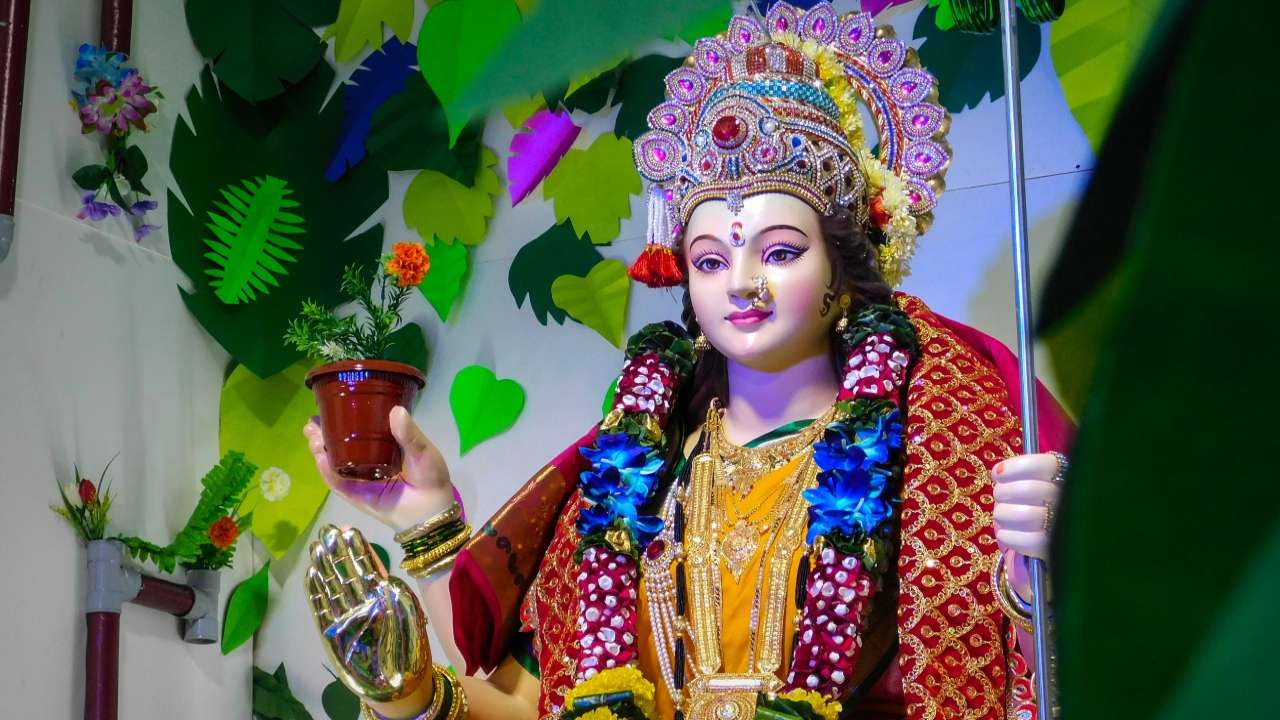
The Charisma that it holds is the colorful attire and bamboo sticks that dancers carry during the performance.
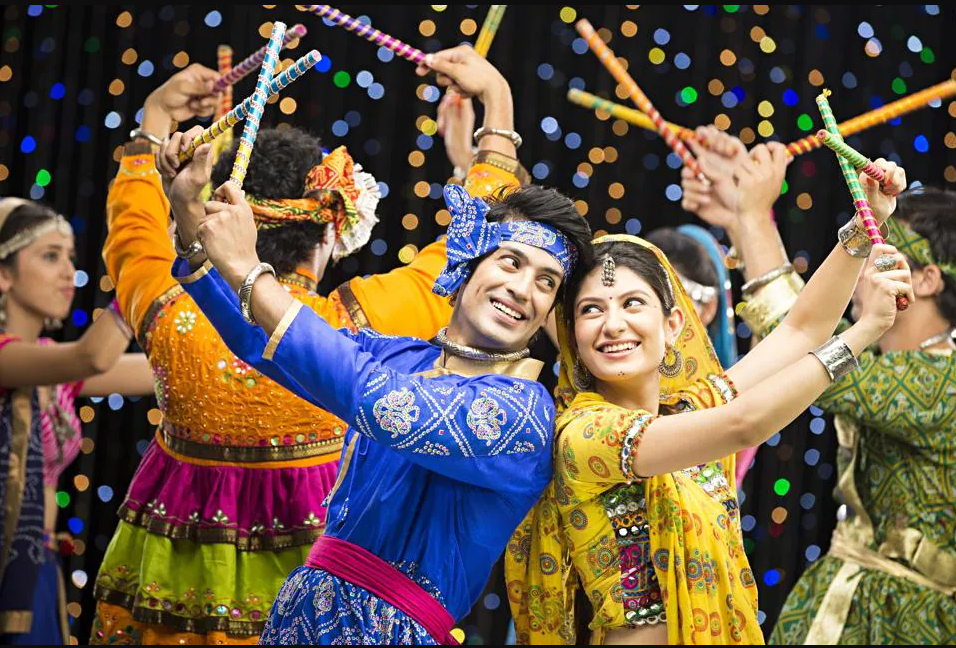
The sticks represent the sword of Maa Durga. Men and women perform it gracefully as they rotate around Mandavi.

Apart from the Dandiya sticks, another identifiable feature is the costume. While men match traditional dhoti with kurta with a lot of mirror work on it.

Women wear embroidered ghagra, choli, and bandhani dupattas with heavy jewellery.
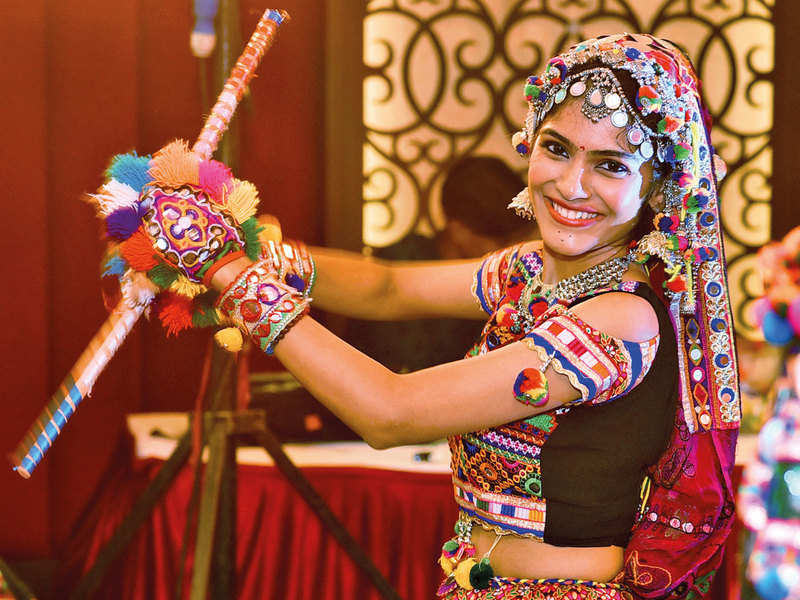
Initially, Dandiya Raas was secular when men held long sticks in their hands to exhibit daily life. It acted as a learning module for practicing footwork for sword fighting. Later, it included a drummer who stood at the center and guide.

The distinction between Garba and Dandiya is often blurred. However, While the former is performed before aarti, the latter is done after the aarti. Another feature that divides the two is: Garba is mostly performed by women. While the Dandiya incorporates both genders.
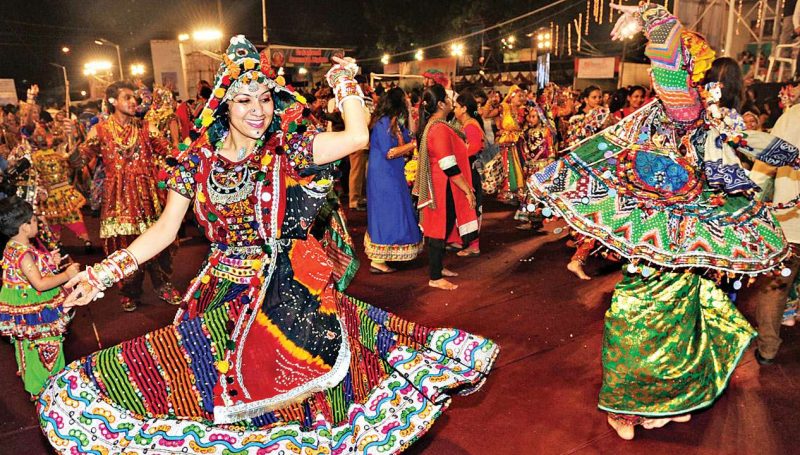
What sets this dance style abreast from others is the dress code, the scope for improvisation, innovation and creativity, and a mass of dancers. The energy that it exhibits cannot be matched by any other dancing style.
Join a Dance Class!
Join a dance class to improve your physical and mental health and to learn a new, fun skill. There are many dance styles to learn and you can also learn dance online.
WhatsApp Dance With Me India Mr. Shakti at +91-9560602607 your requirements to find dance classes in your city or online!
Grow Your Dance Work!
If you’re looking to grow your dance work as a teacher, choreographer or performing artist then WhatsApp your Instagram / Facebook profile and your training and work details to Dance With Me India founder Mr. Shakti at +91-9560602607.
Best,
Shakti Saran
Founder, Dance With Me India
Author: Dance With Me India
Dance With Me India is listing Schools, Studios, Teachers, Choreographers, Artists, Events, Products and Services.

